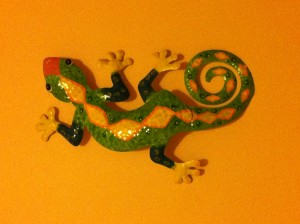What is light?
Light is a type of energy called “Electromagnetic” (EM) radiation. When we see light we see it in straight lines called rays.
The scientific study of light is called Optics.
All Electromagnetic energy (including light) actually travels in waves. Light is the only type of EM energy that we can see (this is called the visible spectrum). Other types of EM radiation include radio waves, microwaves and (Ultra Violet) UV waves.
Did you know… some animals can see light that is not visible to humans? Bees, for example, can see UV light. This allows them to follow UV patterns on many flowers which lead them to the source of nectar.
The colour of light
Light travels in waves; the wavelength of light determines its colour. Light with the longest wavelength is red; light with the shortest wavelength is violet.
Sunlight appears as white light but it is actually made up of all the colours of the rainbow. Sunlight can be split into all of its different colours and that is how a rainbow is made.
Did you know… the brightness of light is measured in lumens? Our eyes are usually comfortable with a brightness up to 3,500 lumens.
How is a shadow made?
When light rays hit an object they bounce (reflect) off it. This is how shadows are made, they are the dark patches behind an object that light cannot get through.
Did you know… the biggest shadow we will ever see is a solar eclipse?
How fast does light travel?
The speed of light is 300,000 kilometres (or 186,000 miles) per second.
Distance in space is measured in
light years; it is the distance that a ray of light travels in one year – 9.46 trillion kilometres (5.8 trillion miles).
Did you know… it takes light less than one and a half seconds to get from the Moon to the Earth? It takes nearly eight minutes for light to get from the Sun to the Earth.
Did you know… sunlight can reach a depth of about 80 metres (262 feet) in the sea?
Experiments to try:
1. Make a rainbow
You will need… a plastic container, a piece of white card, a mirror and a sunny day!
What to do… fill the plastic container about two- thirds full with water and place it on the ground outside, in direct sunlight. Place a mirror into the water and prop it up at an angle so the sun shines on it. Hold the white card away from the mirror and move it from side to side or back and forth until you capture the rainbow on the card!
So what is happening?… water bends (refracts) light that passes through it. Each colour bends a slightly different amount so the colours separate. The separated colours are bounced off the mirror and the image is caught on the piece of white card.
2. Turn a rainbow into white light!
You will need… a circle of white card, a pencil and some markers or colouring pencils.
What to do… divide the circle of card into seven equal sections and colour each section in a different colour of the rainbow – red, orange, yellow, green, blue, indigo and violet. Make a hole in the middle of the circle and push a pencil through it. Then spin the pencil on its point and watch the colour wheel turn white!
So what is happening?… as the colour card spins fast enough our eyes cannot see each colour separately and so we see all seven colours at the same time – when you mix all seven colours of the rainbow together you get white!

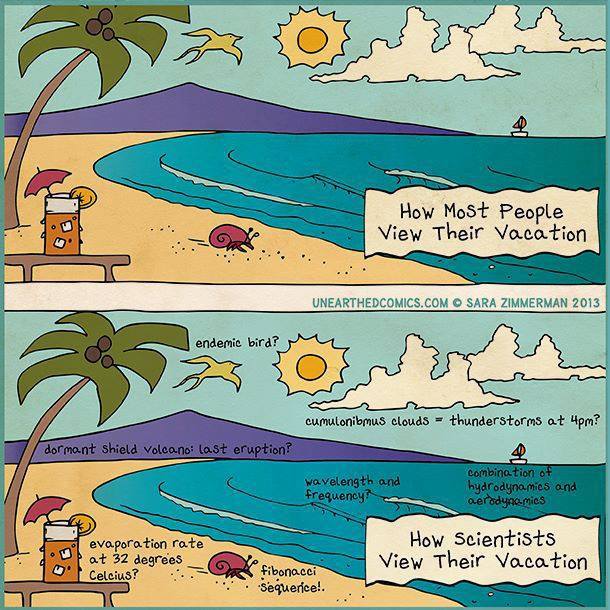






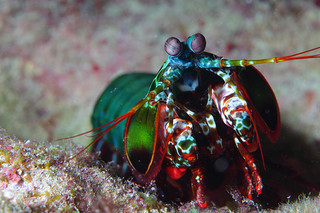
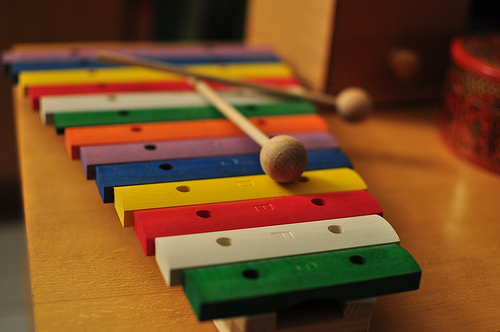
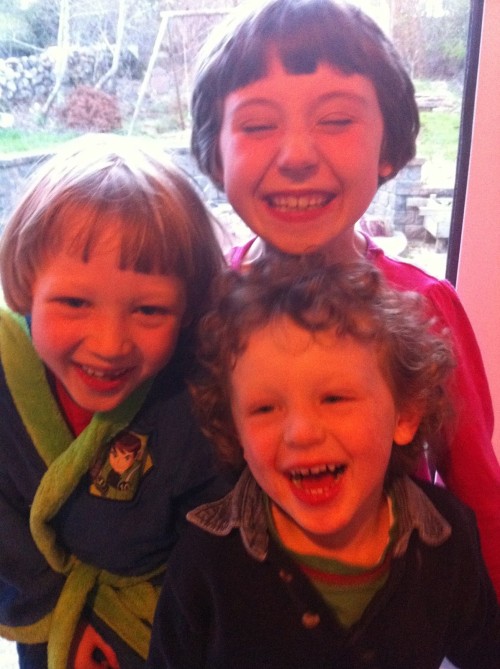
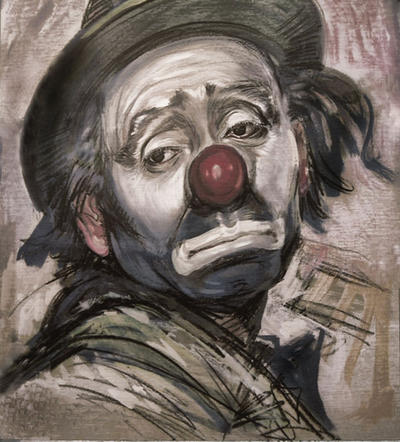
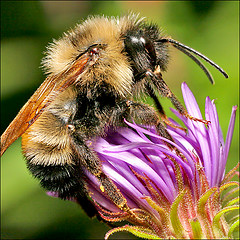

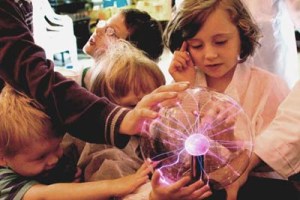 The internet has opened up a wealth of learning for our children where they can link to others on an international level to promote their learning in STEM (Science, Technology, Engineering and Maths) subjects. Our local school uses
The internet has opened up a wealth of learning for our children where they can link to others on an international level to promote their learning in STEM (Science, Technology, Engineering and Maths) subjects. Our local school uses 
